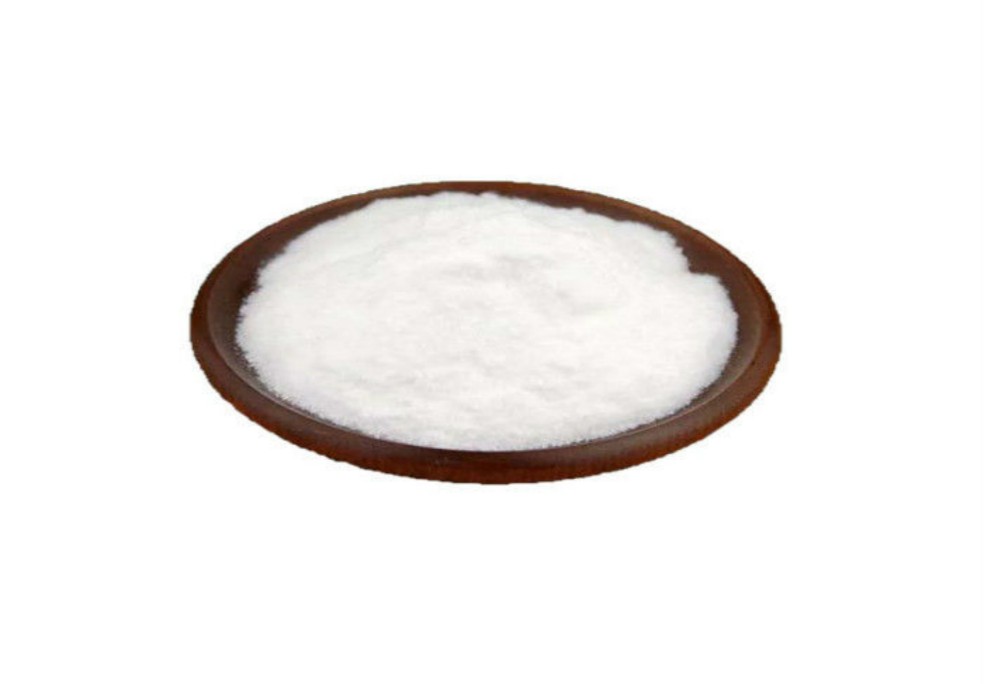4-DHEA is a naturally occurring isomer. 4-DHEA readily converts to 4-androstenediol, rather than 5-androstenediol, boosting its anabolic potency more than 2x over regular.
4-DHEA is also expected to have a higher conversion rate to testosterone compared to regular . The 4-DHEA also lacks the calorie burning thermogenic properties, therefore offering superior calorie retention for a bulking effect. This increased anabolic potency and reduced thermogenic action will lead to noticeable gains in strength, lean tissue growth, and weight gain.
4-DHEA first converts to androstenediol and androstenedione and then to testosterone. 4-DHEA is best used during mass gaining phases rather then during dieting phases, as it is considered to be a “wet” prohormone that is associated with mass gains that come with some temporary bloating.
The estrogenic side effects of 4-DHEA have been significantly reduced in comparison to DHEA. 4-DHEA can convert to estrogen but it cannot act directly in the estrogen receptor like DHEA, so any estrogenic side effects experienced with 4-DHEA use are a result of increased estrogen levels only. As with most prohormones, estrogenic side effects such as gynecomastia are a possibility with 4-DHEA. 4-DHEA is not methylated, so liver stress is not a concern.
4-DHEA is a naturally occurring non-methylated (non-17AA) PRO-steroid. Although 4-DHEA can aromatize to estrogen it is probably not enough to cause high estrogen related side-effects.
Overall results will be similar to or the original 4-AD banned back in 2004. Higher doses of this compound will produce fairly lean gains in muscle mass, with moderate improvements in strength. This product may produce some bloat from the estrogen conversion, which could be countered by administering an aromatase inhibitor, but this will largely defeat the purpose of using this compound to begin with.
Since this compound is naturally occurring and non-methylated overall side-effects will be fairly mild. However, high doses may also lead to oily skin, acne and increased blood pressure. Because this steroid is non-17AA there should be less concern about it negatively affecting the HDL/LDL ratio.
Because this compound can convert to testosterone it can also convert to DHT and other 5A-reduced metabolites. This can serve as a good stack with progestational or relatively non-androgenic compounds that may create problems with libido or gyno because of lacking androgenic potency.






















